You will have a wonderful journey in the name of the beauties of Holland. It will be a step-by-step journey in which you will discover fascinating cities that will show you a unique past, as well as villages that seem to have remained frozen in time. Windmills, bright flowers, characteristic markets, or museums that can combine tradition and modernity. Amsterdam is a favorite, but there is a lot more in Holland! Between the city and nature, discover all the main attractions of Holland!
Amsterdam
Amsterdam is one of those stops that cannot be missed in Holland. A little because of its 100 channels, a little because of its vocation in favor of the environment, but above all, because the city is rich in culture, history and always alive. The charm of the Dutch capital begins with its historical center, the alternation of picturesque streets, museums, boutiques, and colorful cafes. A motorboat trip to enjoy the charm of its UNESCO heritage canals is not to be missed. For example, make a stop at one of the many buildings dedicated to art. Here are just a few of them: the Van Gogh Museum, the National Museum, the Museum of Modern Art, and the Rembrandt House, a casket in which you can admire 200 of his paintings and engravings.
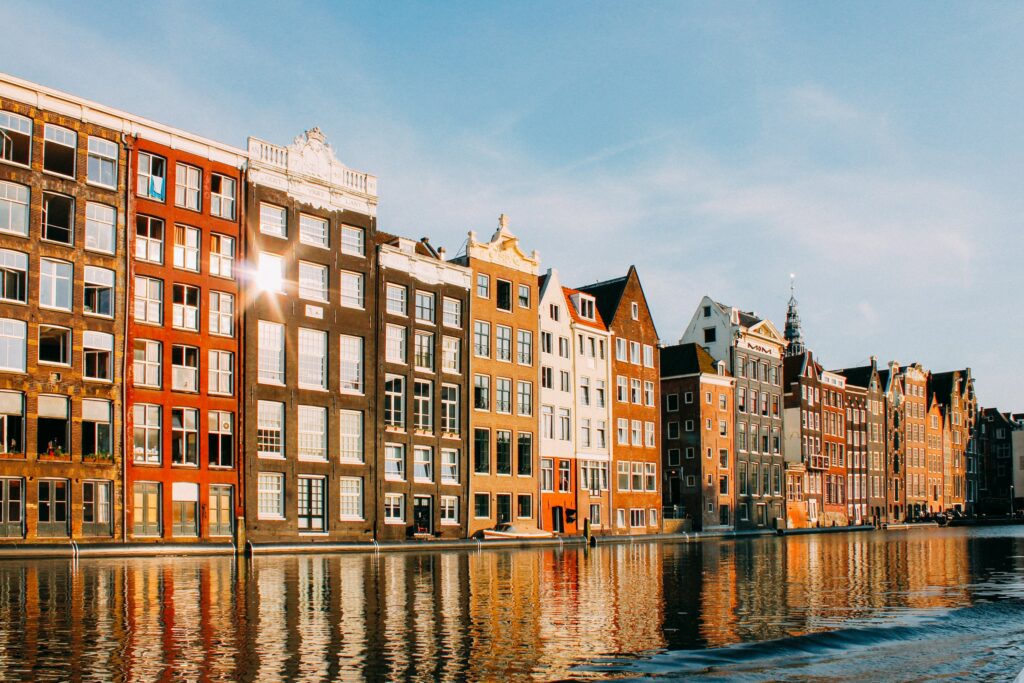
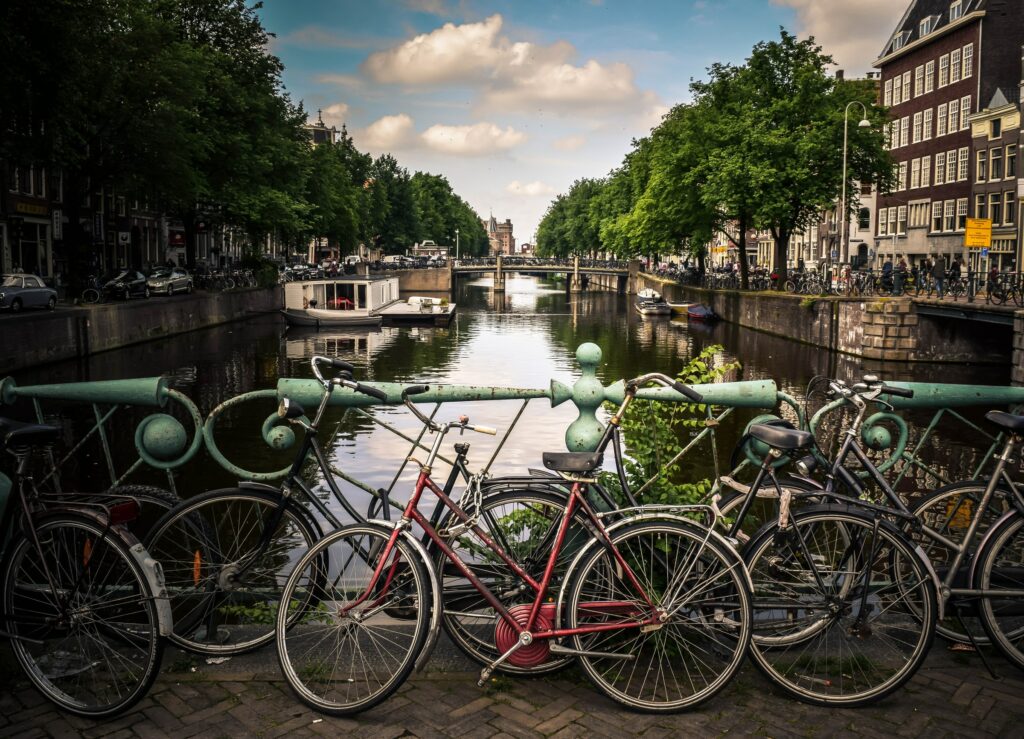
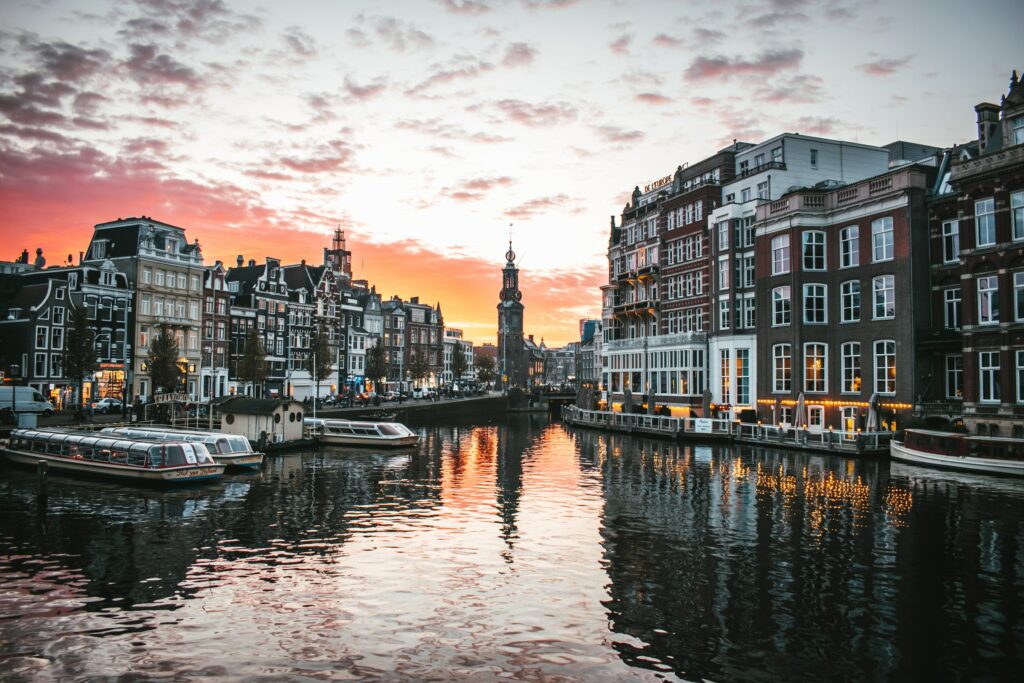
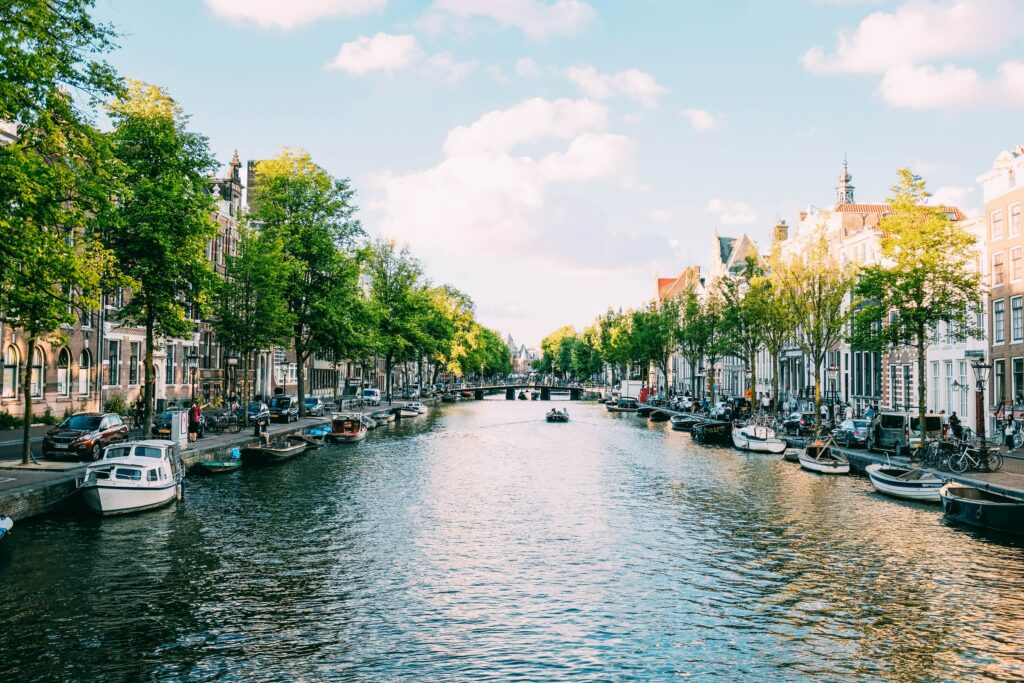
Amsterdam is also a city of markets, from the flower market (Bloemenmarkt), which offers a riot of bulbs, scents, and flowers on floating barges, to the flea market (Waterlooplein). You can also get lost in one of Europe’s largest markets (Albert Cape), where you can find everything from fish, and fruit to clothing and electronics. This is a place worth visiting by bike to discover the beauty of its surroundings, perhaps starting from the heart of Dam Square and strolling through its churches. One of the symbols remains the Anne Frank House, a unique and impressive way to trace the tragedy of the Second World War.
Windmills in Zaanse Schans
Here we will find ourselves in the past, immersed in typical Dutch nature, on a journey through windmills. Zaanse Schans is located about 20 kilometers from Amsterdam. This village, consisting of about forty houses and a dozen windmills, is not just an open-air museum, but a picturesque town whose residents are trying to preserve the traditions and folklore of that time. You will also find bars and restaurants where you can relax in the company of typical Dutch products, or you can also buy souvenirs at home in one of the many shops.
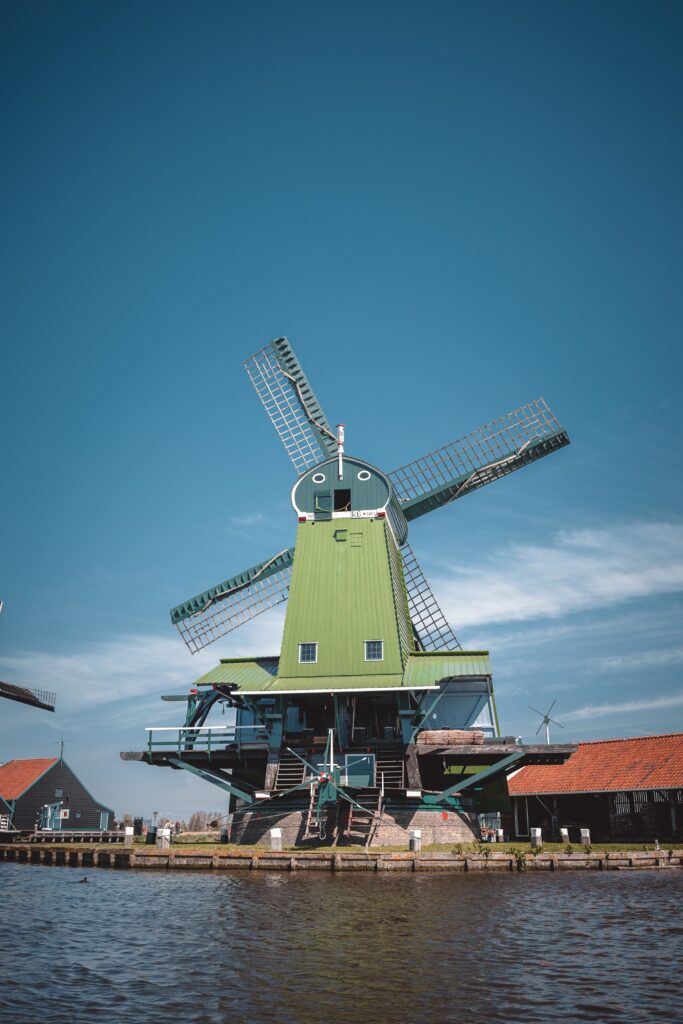
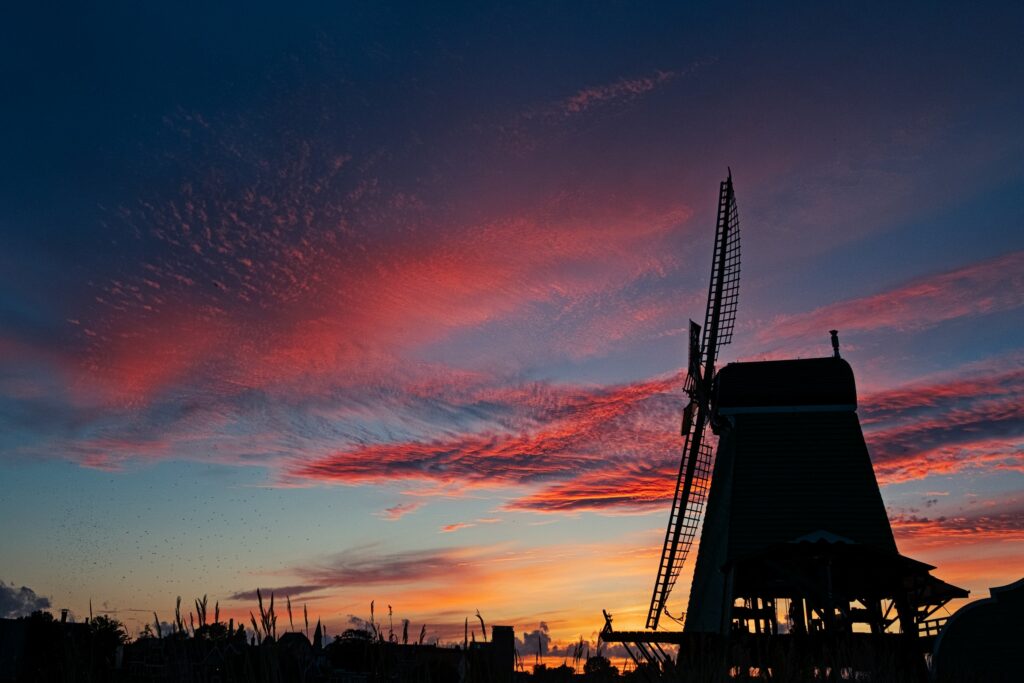
In addition to the opportunity to learn about the functioning of ancient windmills that were used for grinding spices, flour, and oil production, you can also visit several museums where you can learn how bread was baked, or go to the grocery store. There is also a cheese farm and a tin factory in the area. In the village, you can still breathe the industrial revolution with artisans working in their shops.
Keukenhof Park
Welcome to the largest flower park in the world. Keukenhof Park opens its doors here from April to May, where 7 million bulbous flowers are planted annually. The park offers a collection of tulips, hyacinths, orchids, daffodils, carnations, lilies, roses, and irises. Flowers are distributed in gardens and pavilions according to the theme, which changes from year to year. A show of colors, fragrances, and shapes, capable of attracting more than a million visitors annually. The park is open only during the flowering period of tulips from March to May.
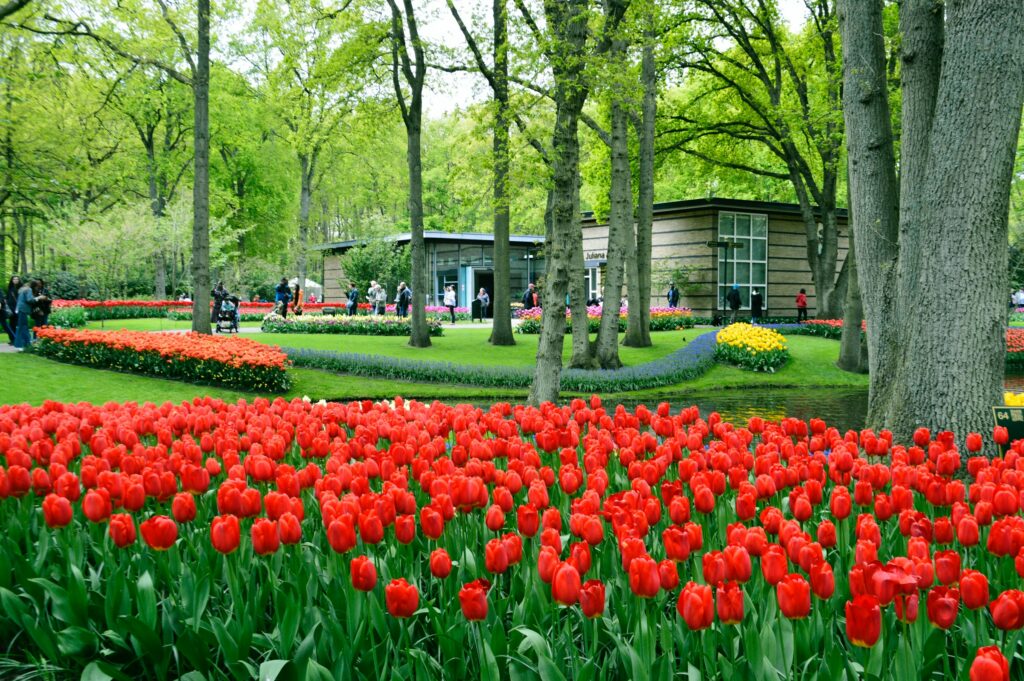
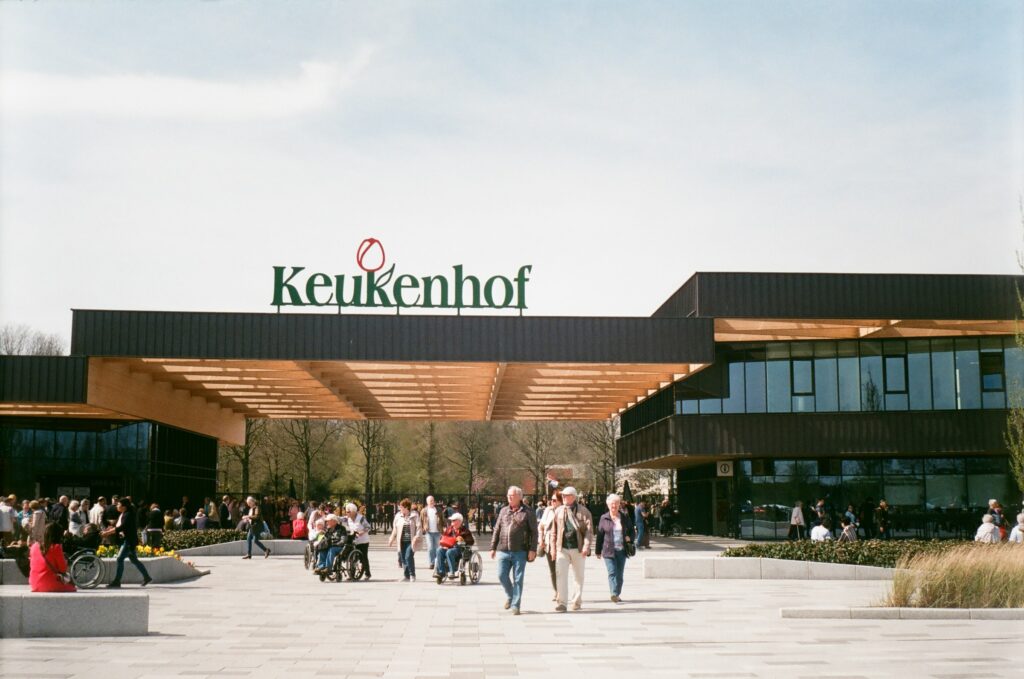
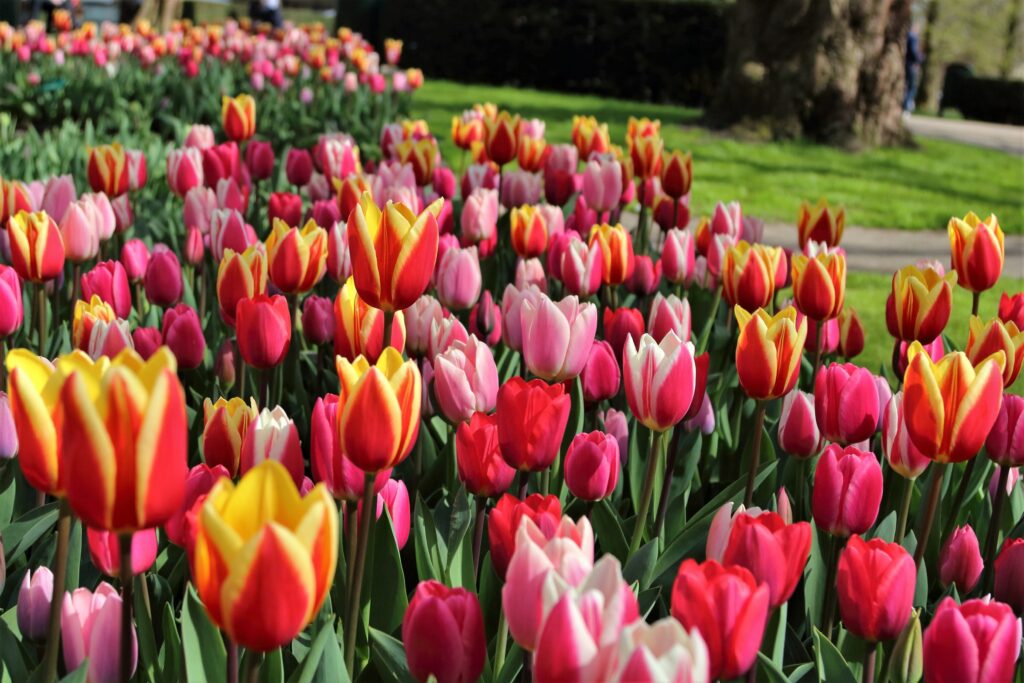
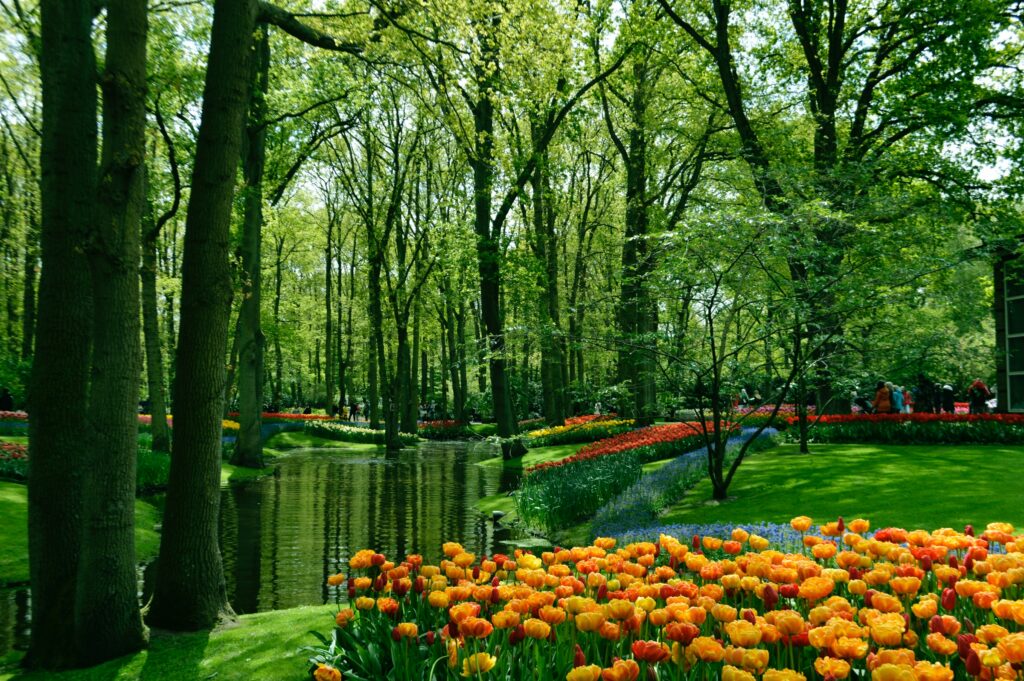
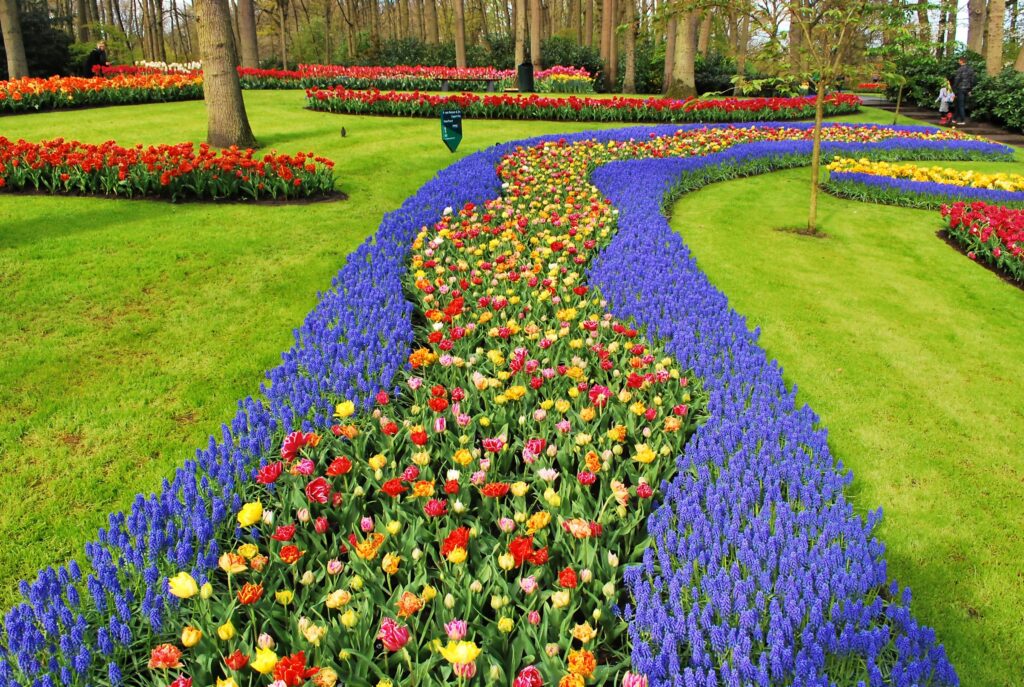
The Hague
A historic city that is to some extent considered the judicial capital of the world, since some of the most important international courts, including the International Court of Justice, is located here. Few people know this, but it is also the queen of the courts: in fact, there are more than 150 of them. It is also a royal and political city par excellence: here, in fact, is the seat of the Dutch government, and the palace, where the king usually lives, and performs his official functions. In The Hague, you won’t be able to miss the antique markets or the palaces and gardens of the Sovereign, a relaxing place that will allow you to travel back in time, taking you back to the time when princesses refreshed themselves with a walk among ponds, flower beds, and century-old trees.
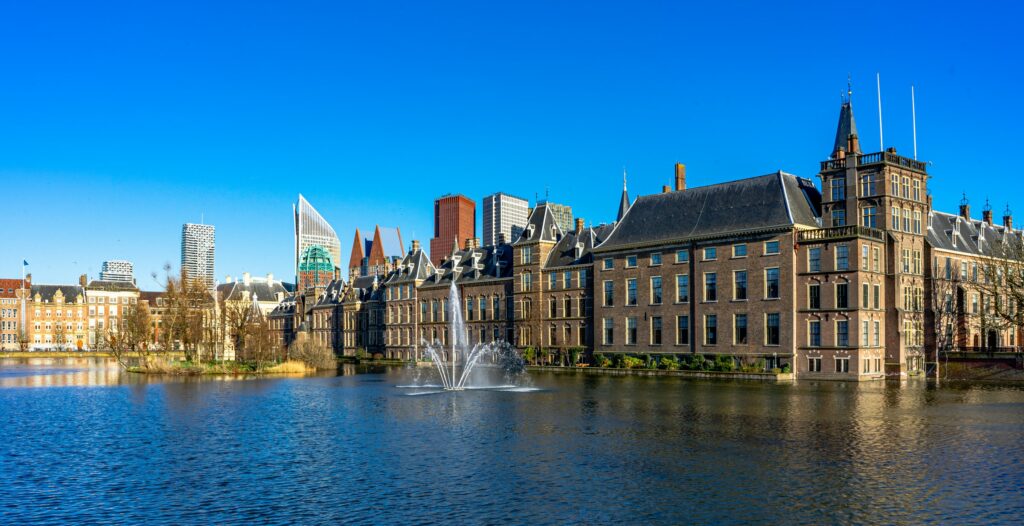
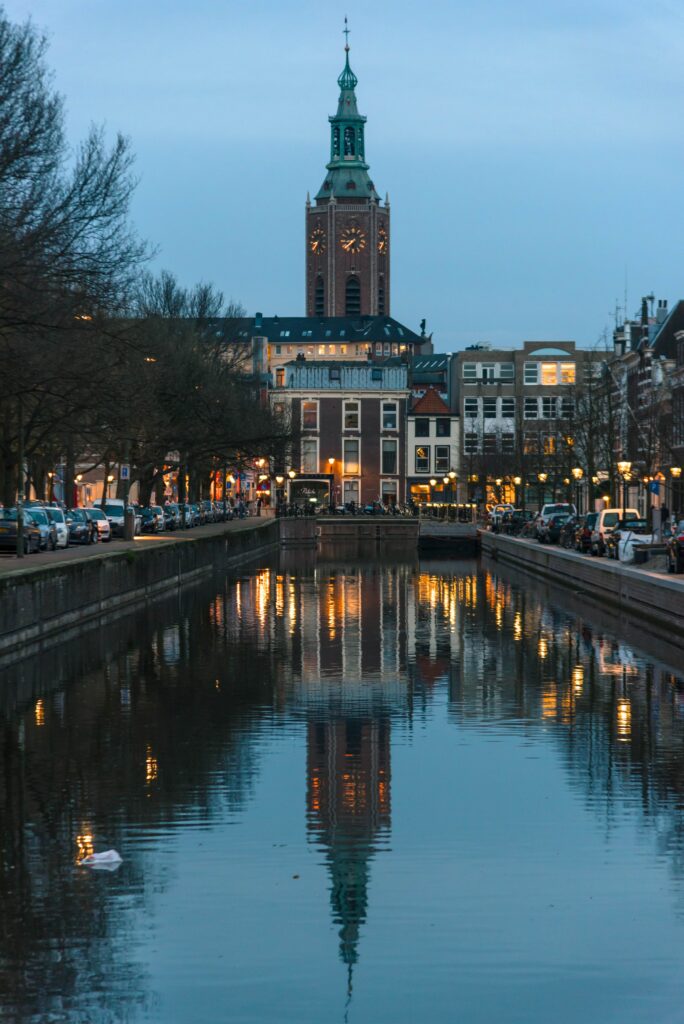
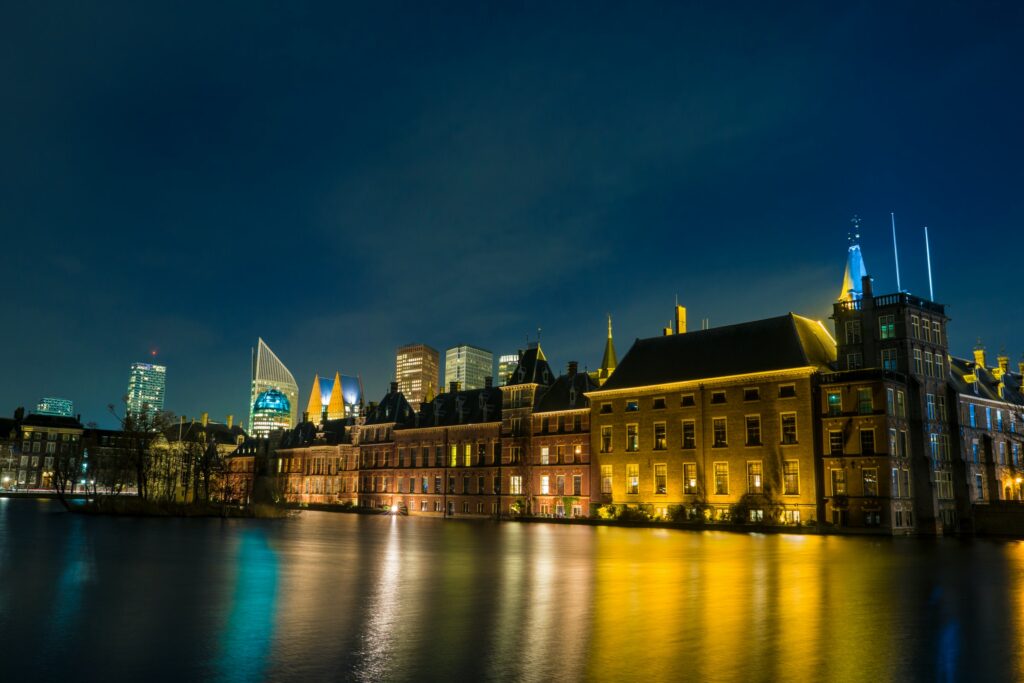
Zeehelmenkwartier, on the other hand, is considered one of the most interesting areas because of the balance that has been created between the historical part, consisting of historic and elegant buildings, and the slightly more modern part, consisting of galleries and offices. Among the local attractions, of course, is the Prison Museum (Gevangenpoort Museum), a penitentiary built in the Middle Ages, which will introduce you to the stories of its historical prisoners (including politicians and regents). 5 kilometers from The Hague is also the most fashionable seaside resort: Scheveningen. It is not only one of the most interesting beaches with its characteristic dunes, but it is also a lively center full of entertainment and very popular among young people.
De Hoge Veluwe National Park
The next stop will be the largest park in Holland: a unique experience that will not only allow you to travel to nature but will also have a strong cultural connotation: the complex also houses a museum (Kreller-Muller), with works by Van Gogh. The collection includes more than 11,500 items, but the most important part is dedicated to the Dutch artist, offering 150 drawings and 90 paintings. 25 hectares of gardens are also framed by 160 works by great artists (including Rodin and Henry Moore).
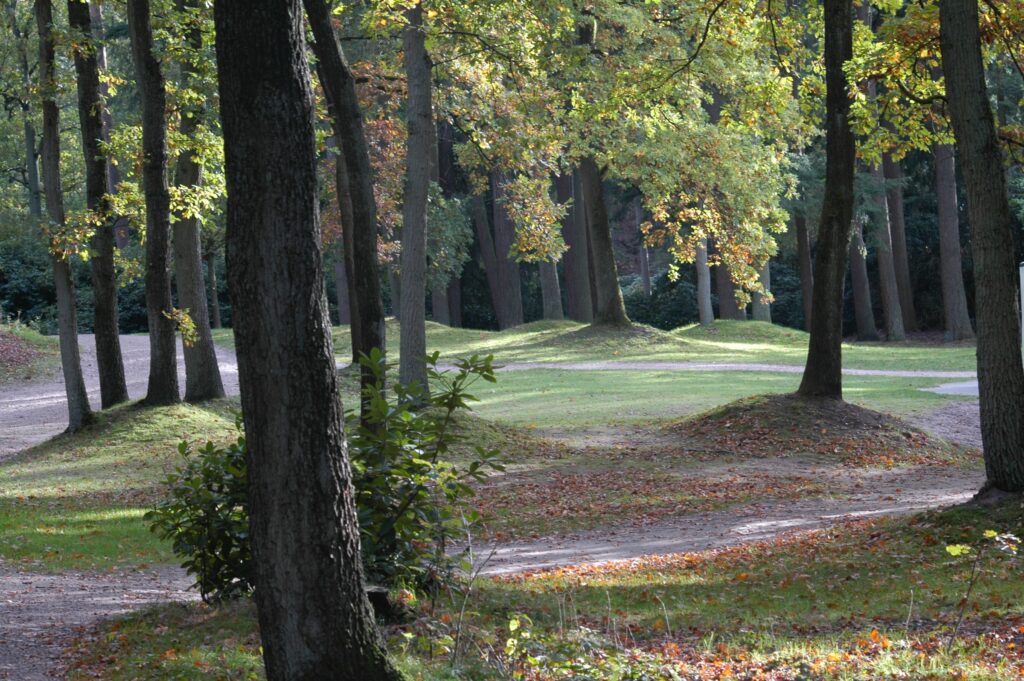
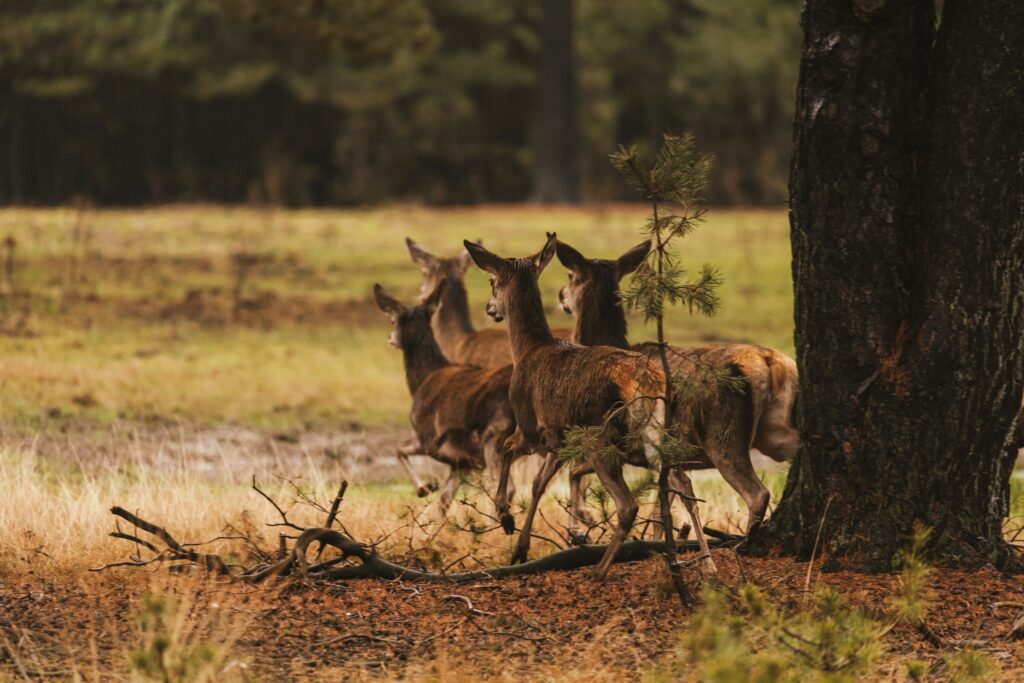
Add forests and lots of entertainment to your stay. For example, you can use one of the 1,800 bicycles provided by the park, and thus explore 25 kilometers of paths that also pass through the sculpture garden. You can also walk through the marshes accompanied by a shepherd or watch wild animals during an exciting safari: large mammals, insects, and birds in the name of an already existing ecosystem. The park is ideal for a relaxing holiday.
Rotterdam
Here we are in the second city of Holland, known for its largest port in Europe, the center of trade in the Netherlands and beyond. A place was full of charm, which in 2007 received the title “City of Architecture”. There are few traces of its history due to the floods and bombing of the Second World War, except for the town hall, built in the 1920s, and the Church of San Lorenzo, the only symbol of the medieval center. Among the things that cannot be missed, of course, is the largest food market in Holland (Martial). A structure with an area of more than 95 thousand square meters, in which food is arranged according to color gradation. A short walk away is the Oude Haven area, known for its cube-shaped houses.
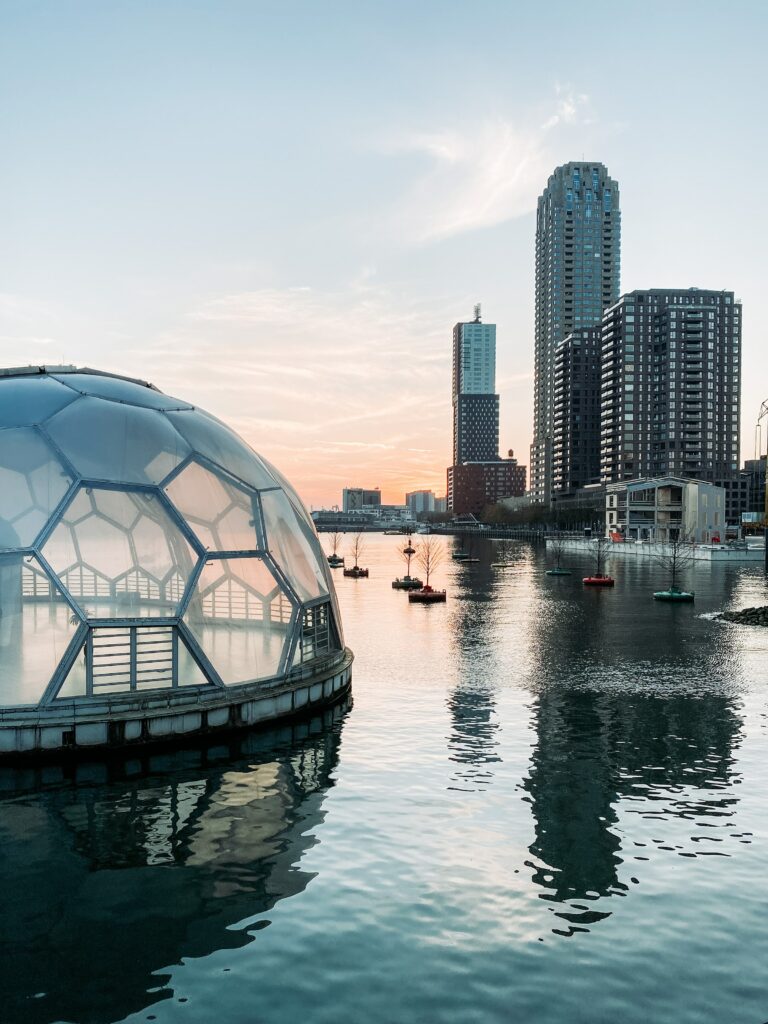
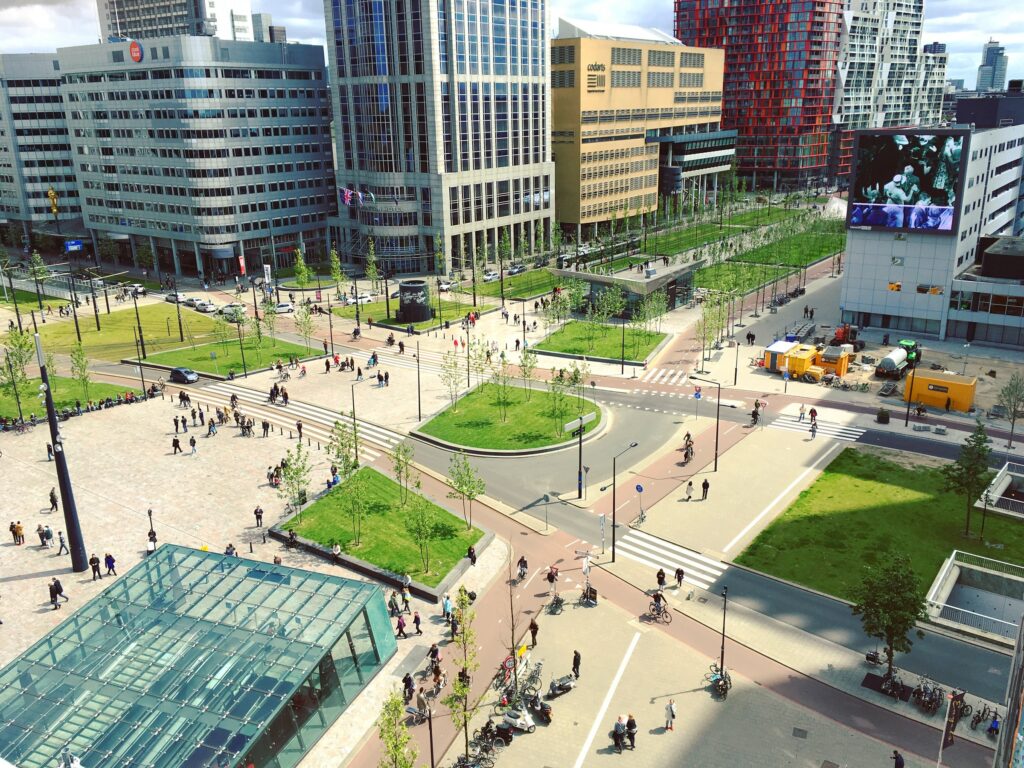
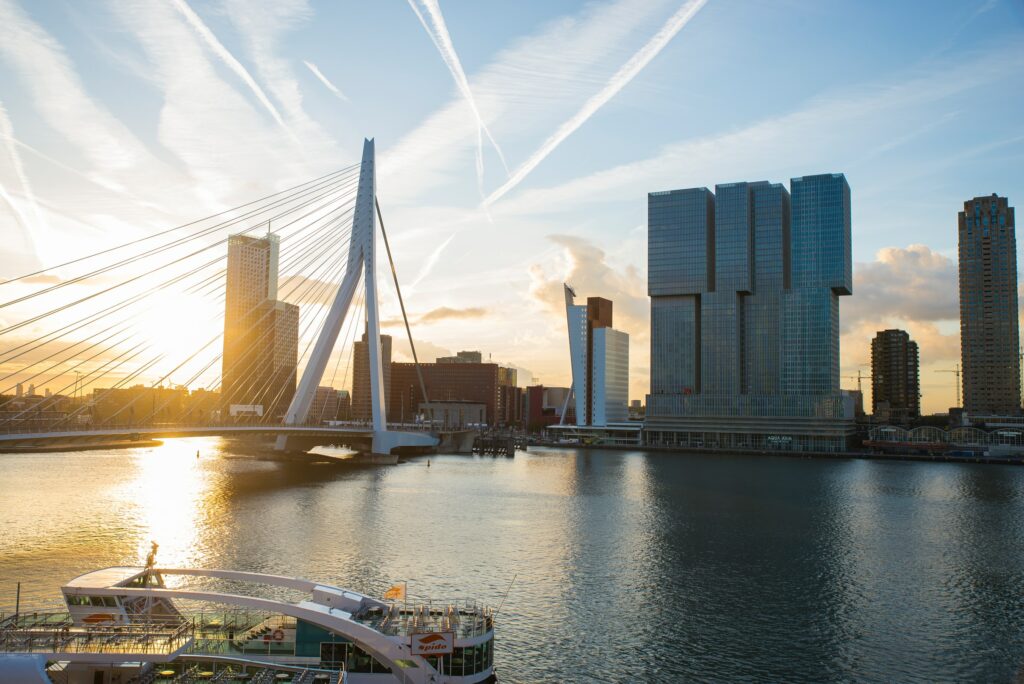
In the city, which is also the cultural capital, there is a museum park, which, in turn, houses 5 museums. To see an irresistible panorama, you need to climb the Euromast Tower, which will offer you the highest point in the Netherlands. Another symbol of the city, of course, is the Erasmus Bridge, a futuristic bridge that opens like a sail. To see it even better, you can take a boat trip and discover the modern architecture towering over the river.
Alkmaar
Alkmaar is a city located about forty kilometers from Amsterdam and known for its cheese-related traditions. Its market dates back to the 14th century. Every day thousands of forms are waiting for their turn, respecting folklore and traditions. The city is a pleasant place to visit, starting with the picturesque old town, surrounded by monuments and intersected by several streets, which are suitable places for shopping.
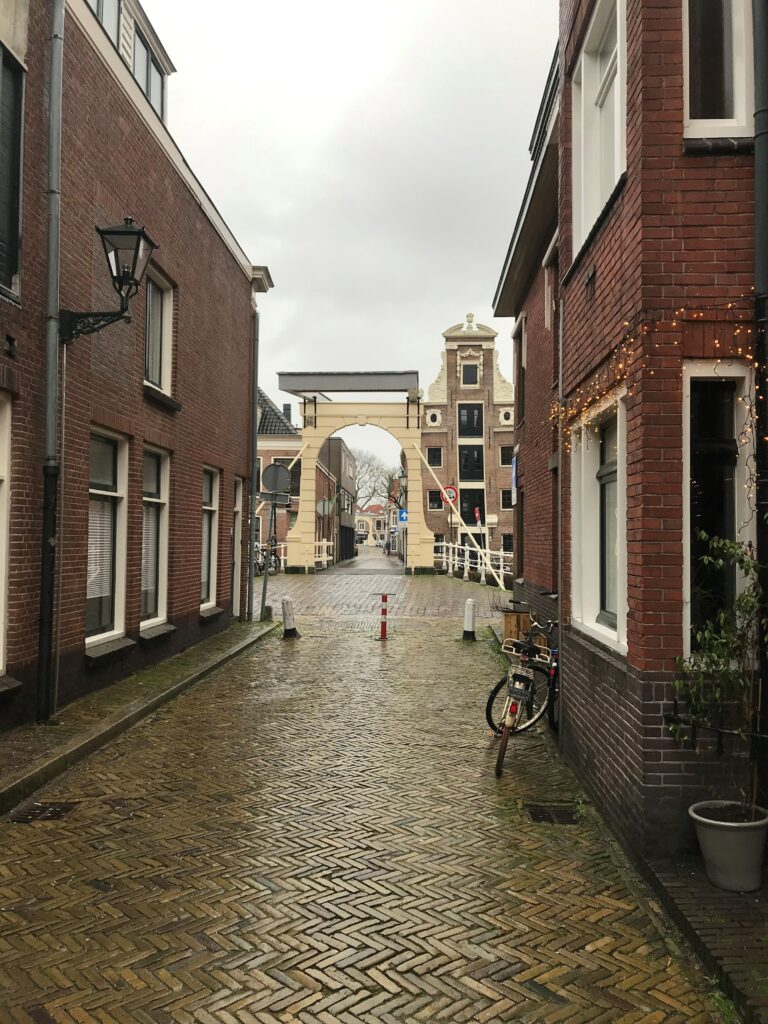
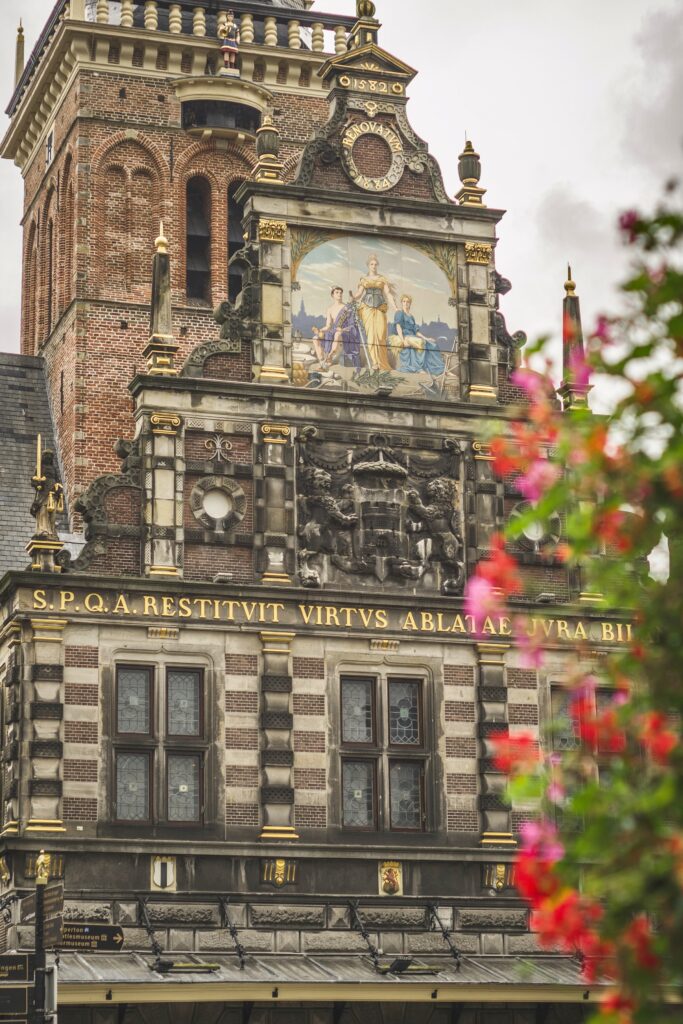
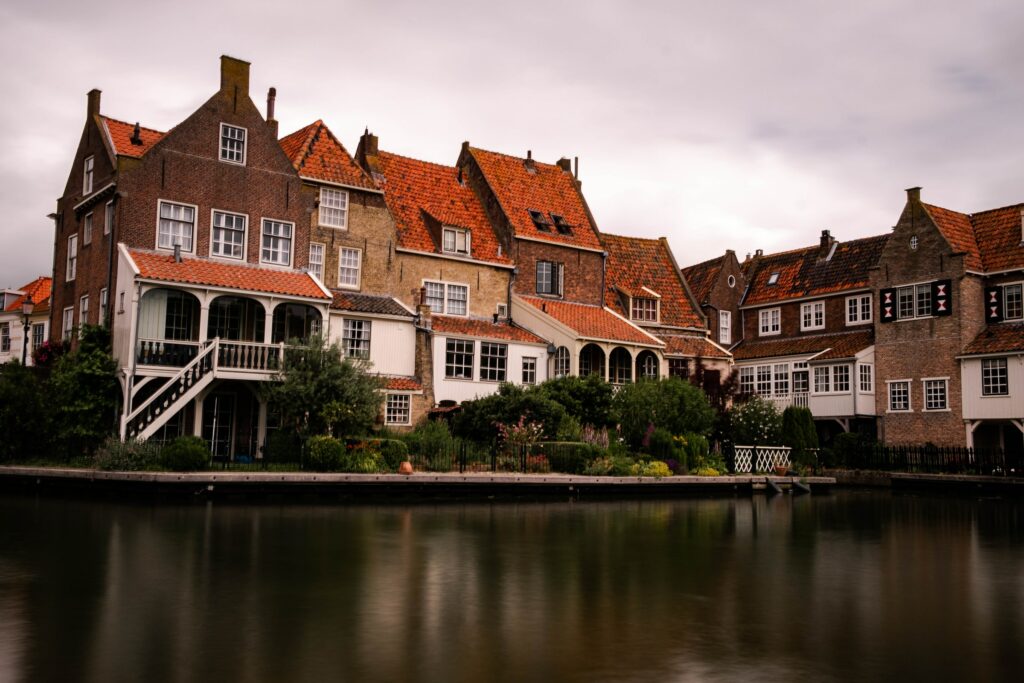
Here, in addition to the Cheese Museum, which is not to be missed, you can also visit the Beatles Museum, which houses a huge collection dedicated to the British band, including all sorts of memorabilia, the first contract signed with a record company, and even John Lennon’s first guitar. To get an idea of the history of Alkmaar, you can visit the Stedelijk Museum, which preserves the cultural and historical memory of the entire region.
Maastricht
The city became famous for the treaty of the same name, which marked the beginning of the current European Union in 1992. The starting point of your trip can be the historical center to admire its medieval walls and get lost in the streets hiding bars and restaurants, often surrounded by beautiful squares. One of its main attractions is the Basilica of Our Lady, a church similar to a castle and built in the millennial age. Inside there are various art objects, as well as caskets and precious silverware items.
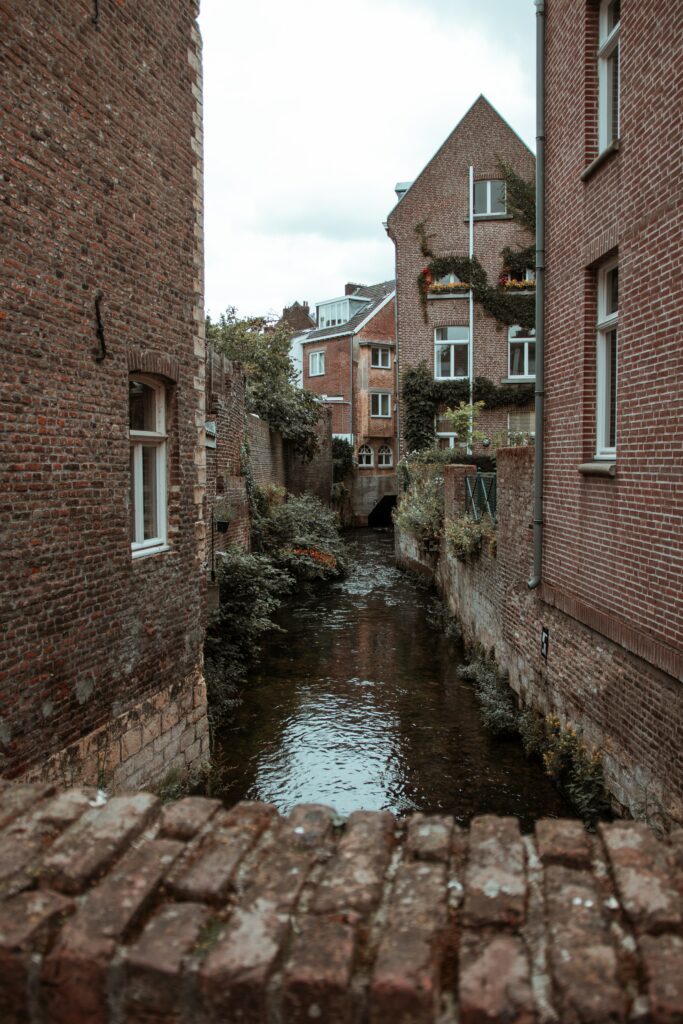
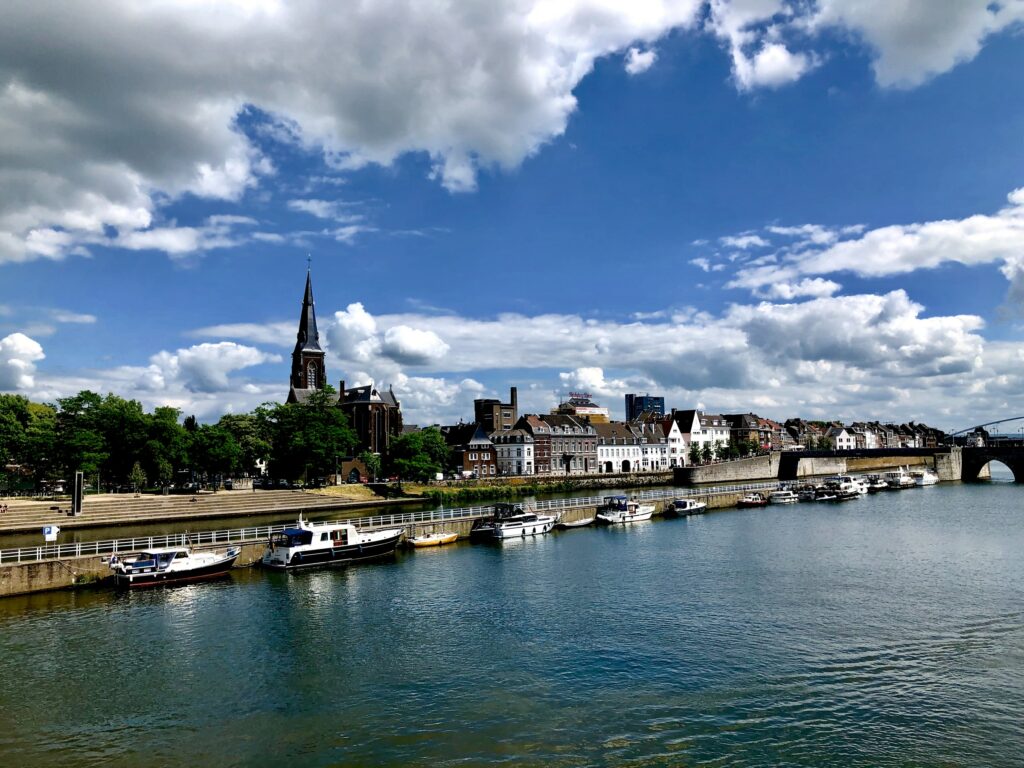
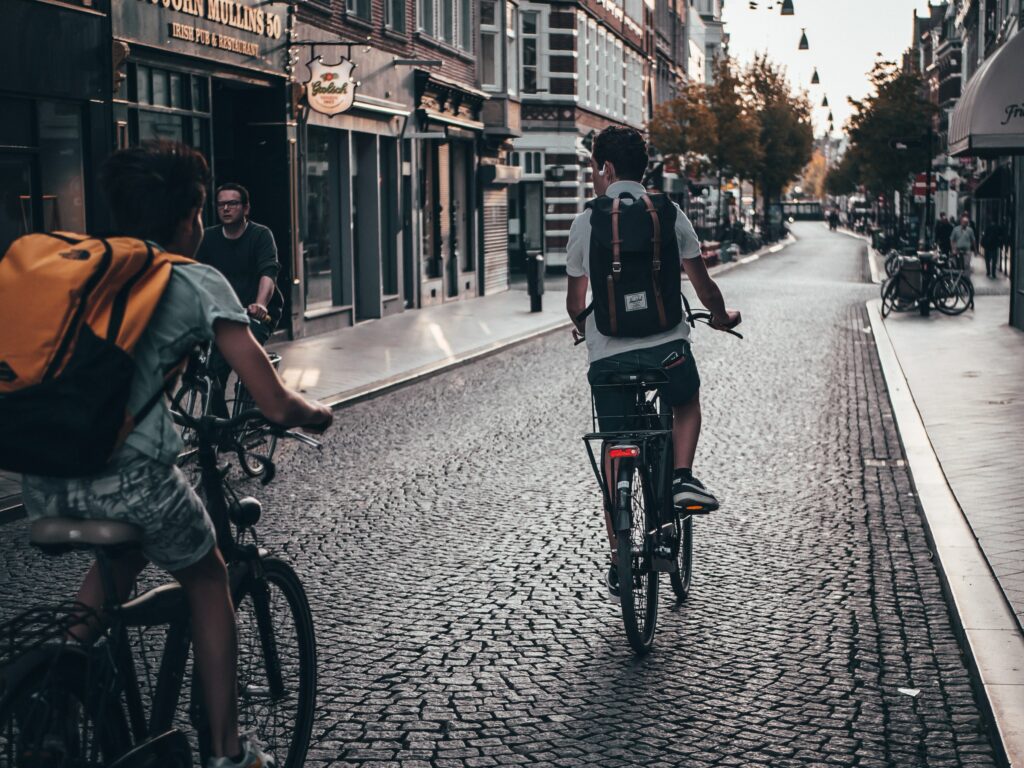
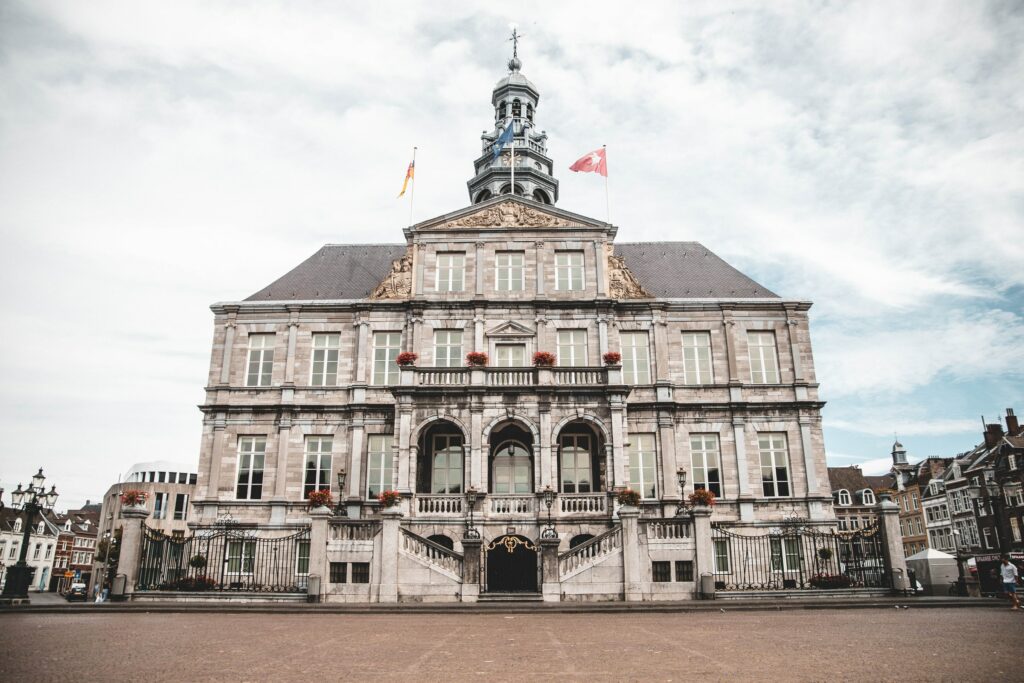
And this is not the only surprise that awaits you: in a desecrated Gothic church dating back to 1200, you will find one of the most beautiful libraries in the world. Visit Mount St. Peter, a protected area that stands on limestone soil and will allow you to admire the great botanical diversity.
Utrecht
Our journey continues in the “greenest” city of Holland, just imagine that there are more than 300 kilometers of bike paths and even the roofs of bus stops are covered with flowering meadows. Its artistic heritage does not lag, it varies from churches, and castles to a livable historical center. Utrecht is a place that offers a lot of interesting things: here is the oldest and tallest bell tower in the whole of Holland (the bell tower of the Cathedral), as well as a museum dedicated to automatic musical instruments: carillons, violins, organs, and pianos.
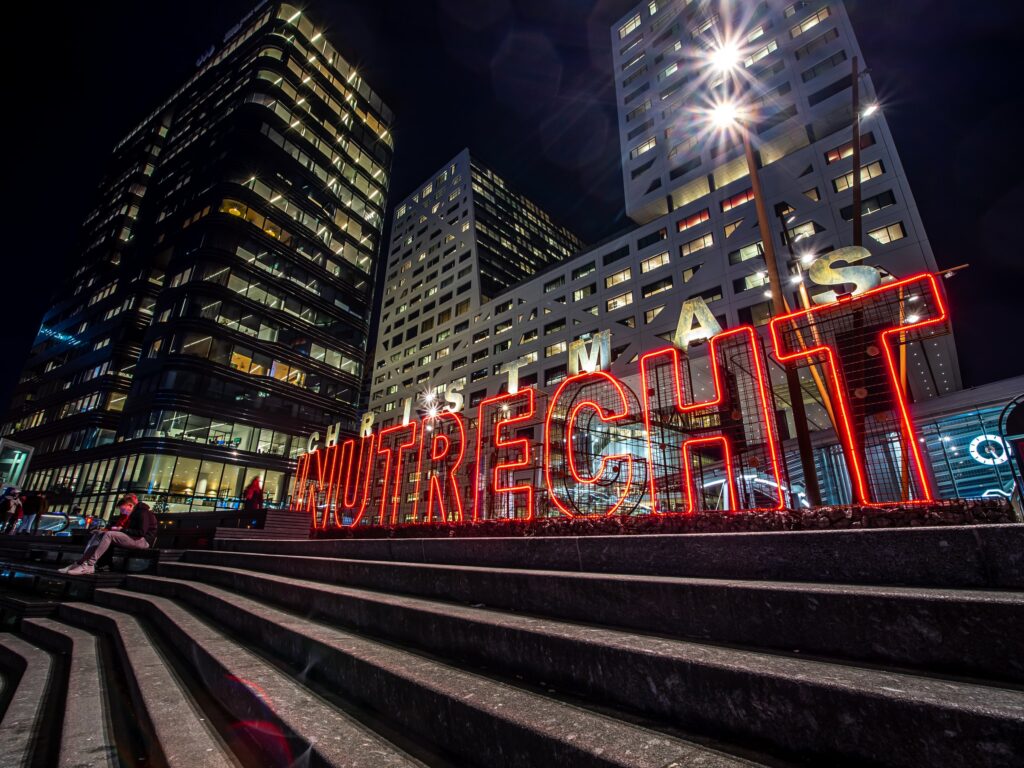
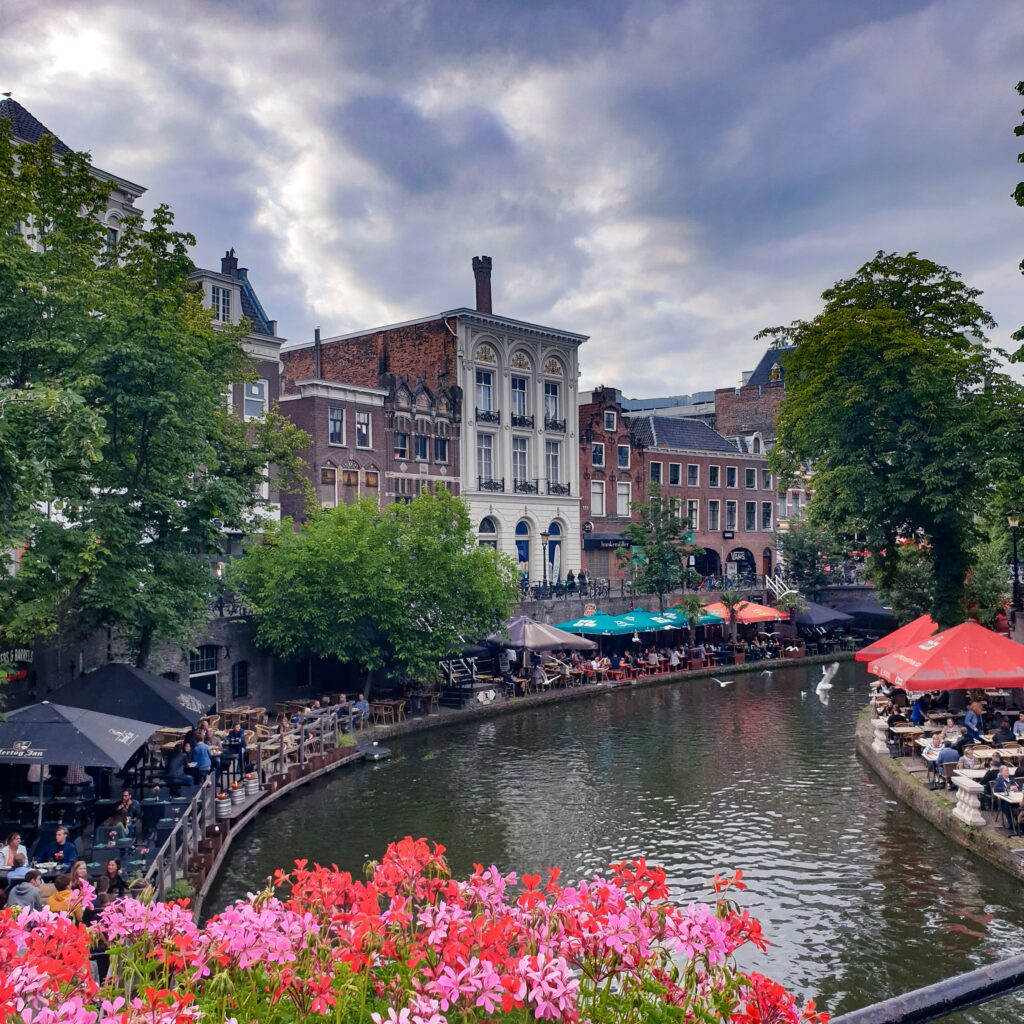
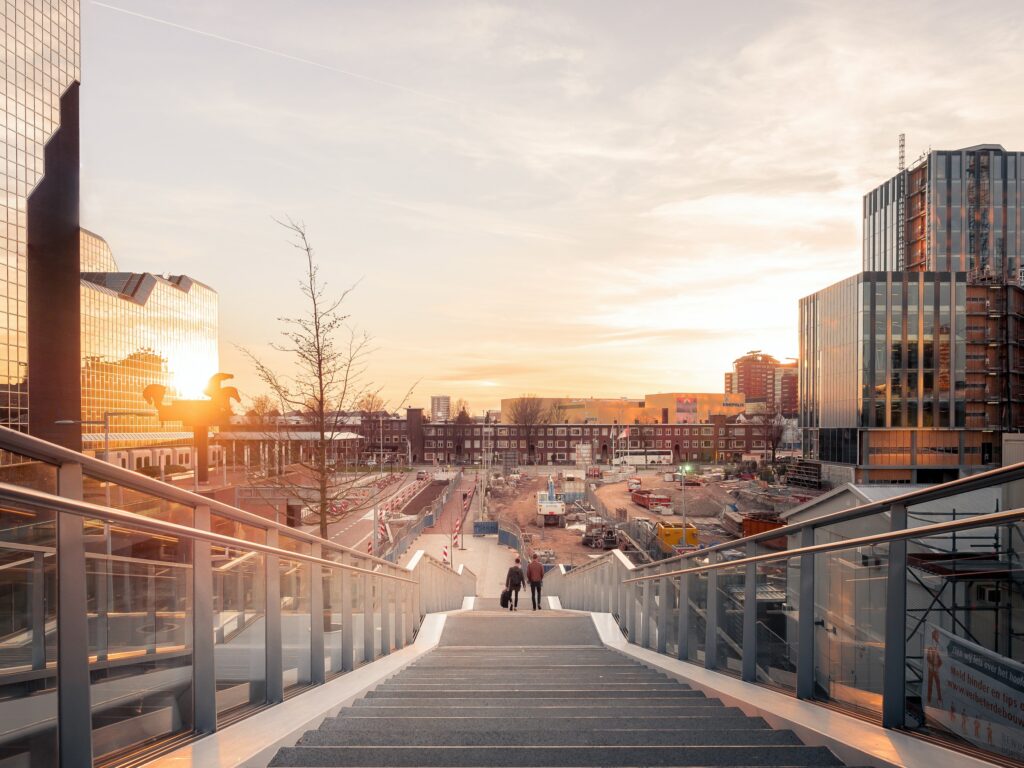
The ancient history of Utrecht can also be discovered thanks to an underground tour with a special torch, with which you will illuminate the remnants of its 2000-year history, from the Roman to the medieval past.
Delft
Stroll through a small village full of charm, a gem located south of Amsterdam and very popular for its blue and white ceramics, porcelain that was in fashion among the richest families in the 1600s. Another interesting aspect that permeates the whole atmosphere is the fact that the artist Vermeer was born here. In the museum dedicated to him (Vermeer Centrum Delft), tradition and modernity peacefully coexist. His life is told not only through works (especially landscapes) but through installations and the use of technology.
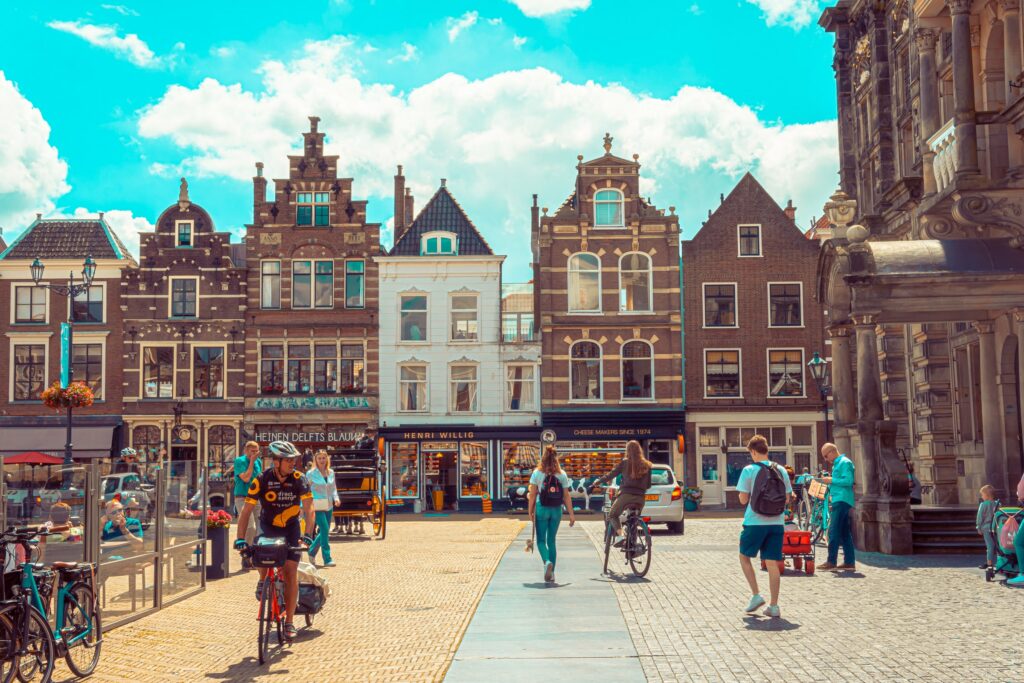
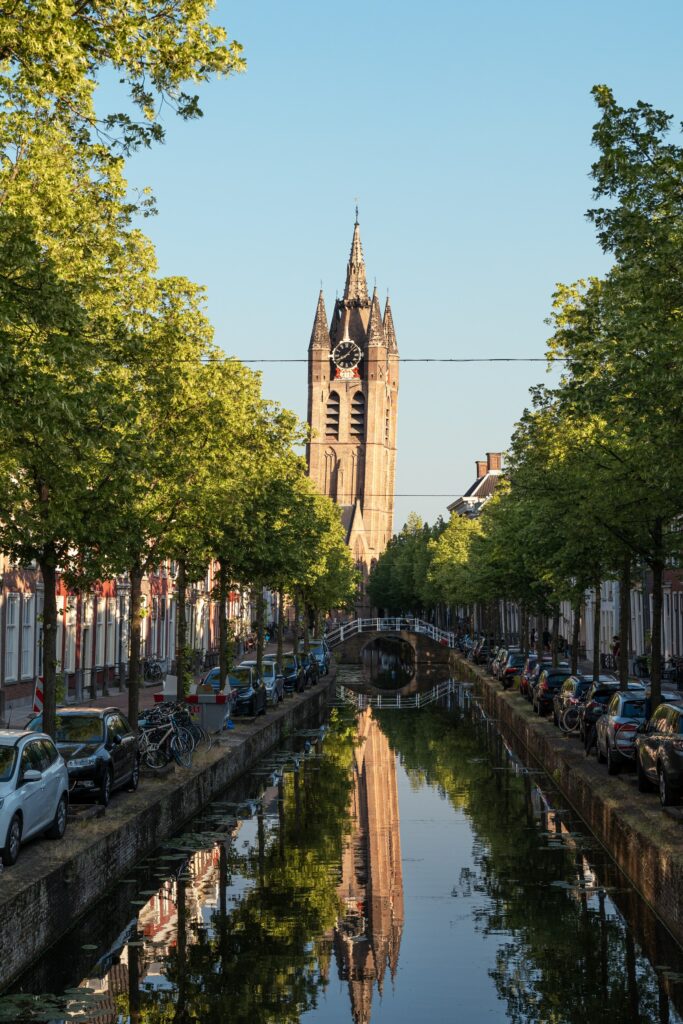
During the walk, you can take a break in one of the many restaurants or just admire one of the many views that cannot be missed, perhaps from the terrace or the observation deck. The city also offers many attractions, including churches, canals, palaces, residences, and courtyards. His university soul can be felt in his bustling life, in his clubs and pubs, which are always visited and enlivened. Another highlight is the markets, which are visited by hundreds of people. From cheeses to flowers and food, from crafts to books — you will find what you are looking for.










